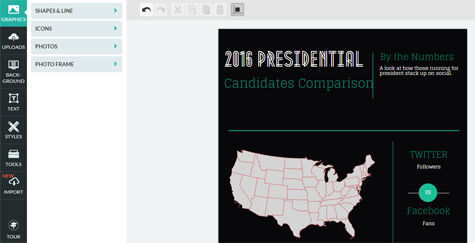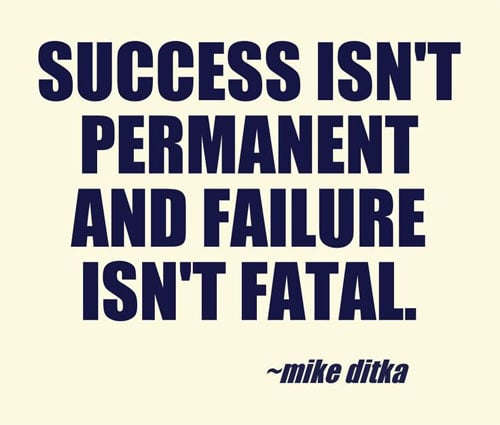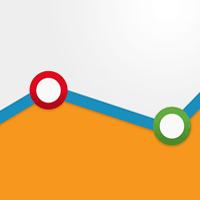Simple Time-on-Site Secrets for Online Publishers

What impact would an increased amount of "time on site" by users have on the bottom line of your publishing enterprise?
It's pretty obvious right? It would be immensely positive!
Publishers that focus on getting users to stay involved in content, interacting with the elements it includes, and moving on to additional content, means more ad views (impressions) and, potentially, greater revenue.
As an online publisher, how could this NOT be your absolute top priority right now? SUBSCRIBE to Website Magazine - 12 Issues FREE
The potential increase in revenue should be enough motivation on its own for online publishers to find ways to increase time on site.
Fortunately, doing so is actually a pretty simple process. With the stakes so high, check out a few secrets you can glean from some of the top-performing digital properties.
+ Structure (Short Form to Long Form)
It may sound off-the-charts simple (and it is) but one minor change to how content published on your website is structured can make all the difference to time on site. So what is that change?
Instead of following the rule that paragraphs must contain a certain number of sentences (three or four is typically the norm) - use only one sentence and then start an entirely new line! Mind blowing, right?
The effect of leveraging this tactic is that users/visitors/readers feel as though they are making progress. Humans are conditioned to "see things through" to the end once they have begun so harness this behavior to your advantage - an increase in time on site.
+ Data (Fostering Engagement)
Moving from short form to long form (by doing nothing more than presenting content in more digestible segments) essentially compels the visitor to keep moving forward. Yet there are other secrets you should know when the aim is to increase time on site.
If the focus is not just to increase time on site, but also to increase the virality of content, take a few extra minutes to aggregate data that can be shared with users and share it within the content.
What you are essentially doing by providing supplementary content is fostering engagement, making it impossible for users to leave because they want or need the content you publish.
For example, say you are writing an article/post comparing the 2016 Republican presidential candidates. A chart that illustrates the popularity of each of the contenders based on their follower numbers, activity frequency and total number of tweets would be a great addition. Why? Users will want to interact with it and perhaps even return to it. Piktochart is one easy-to-use chart builder (see example below), while Canva is another.

+ Quotes (Space Fillers For the Heart & Mind)
To increase time on site, you have to make a connection with users.
Establishing an emotional and intellectual connection is difficult. That may be one of the reasons quotes (either an interesting phrase used in your own content or even a quote from some famous or knowledgeable person that supports an argument) are used so frequently.
Say that you're writing a post about the pursuit of career success. Sharing a quote that effectively showcases, summarizes and illustrates your point will help develop the connection required for users to keep going.

See what happened there? You kept scrolling and the time you spent interacting with this content just increased.
More Time on Site is in Sight!
Getting started on an initiative where time on site is the focus will require some creative writing skills and some design savvy to make it all come together.
By implementing even some basic secrets like these, however, publishers will yield not only longer-form content (something both users and search engines prefer), but also content that appeals to the needs and interests of users for the success of your enterprise.










